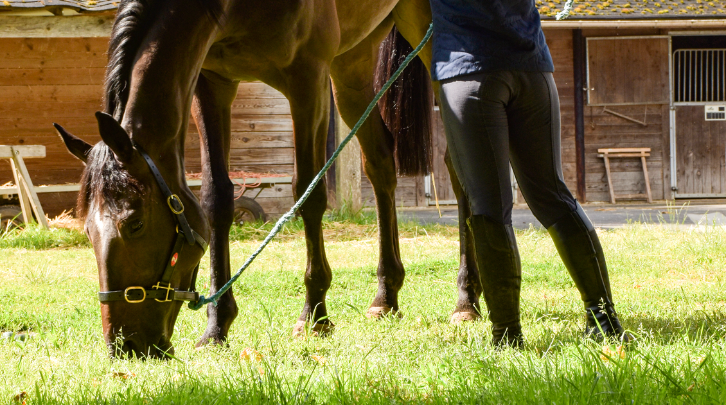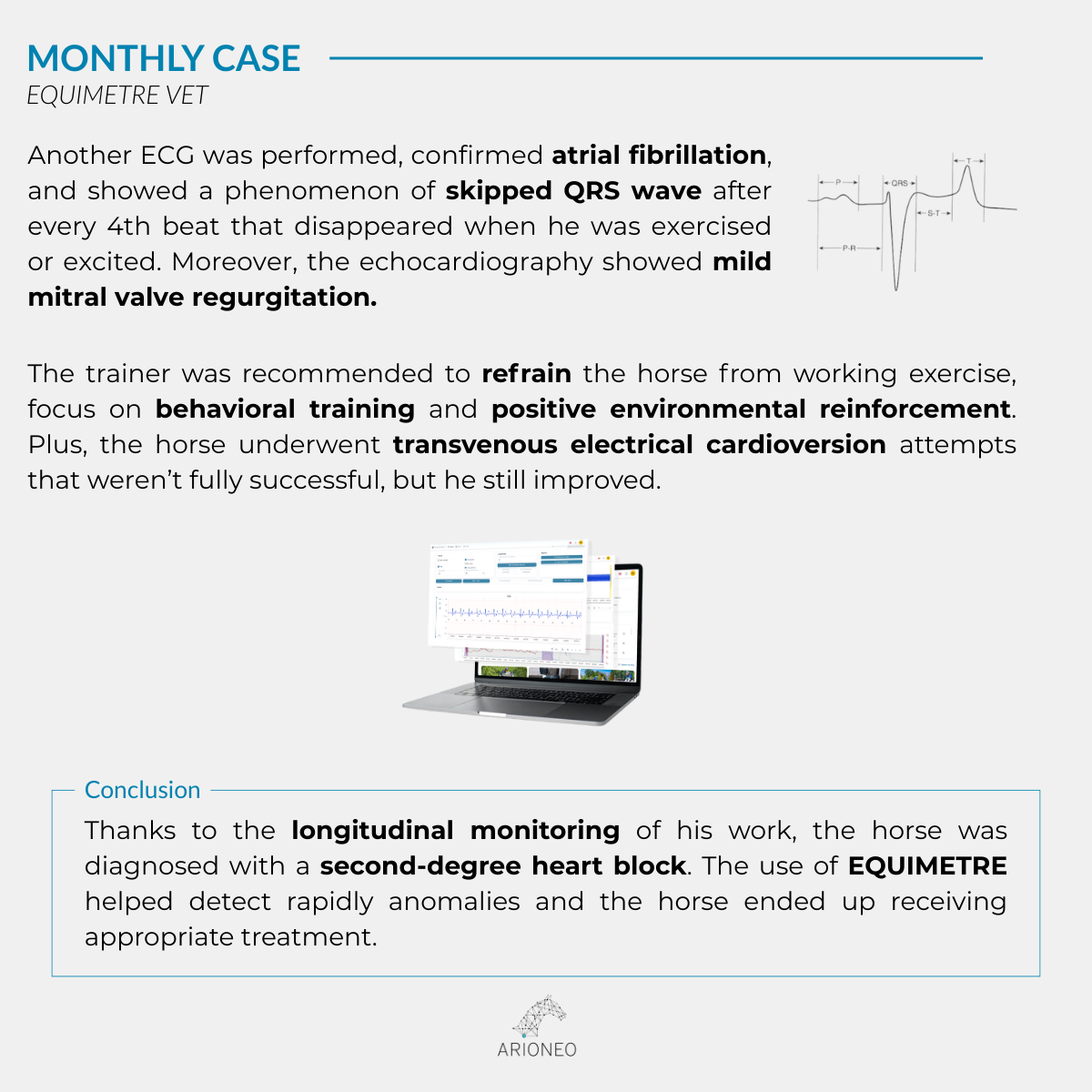The transition period between two seasons – often mistakenly seen as a simple “rest time” – plays a crucial role in a horse’s longevity and athletic success. The horse, as a true elite athlete, builds his performance on a subtle combination of genetics, physical preparation, veterinary monitoring, and rigorous recovery management.
How can we make the most of this key phase to protect the horse’s health, prevent injuries, and effectively prepare for the upcoming season?
This article covers:
1. Understanding the challenges of the off-season
The end of the season marks the conclusion of a demanding period during which horses accumulate physical fatigue and sometimes stress. According to research by Annan et al. (2023) on the welfare of racehorses throughout the season, this fatigue is often invisible but can have a lasting impact on performance if recovery is inadequate.
Thanks to monitoring and longitudinal tracking with EQUIMETRE, it is now possible to anticipate early signs of fatigue and avoid potential injuries or underperformance.
Physical and mental recovery
As with humans, every race and every intense training session leaves his mark: micro-muscle lesions, joint stress, tendon wear… Even without visible injury, these microtraumas require regeneration time. Recovery is when the body repairs tissues, strengthens fibers, and increases his tolerance to effort.
Performing repeated efforts without sufficient recovery leads to muscle overload and even overtraining syndrome, characterized by performance decline, sleep disturbances, and an increased risk of injury.
Mentally, repetitive training and race stress can create a form of fatigue. A well-managed break promotes not only tissue repair but also the horse’s motivation to return to work.
Preventing chronic injuries while maintaining balance
Joints, tendons, and the respiratory system need a “reset” period before being challenged again. A study by Boffi (2011) showed that extended recovery within a training program enables better long-term physiological adaptation.
“One method of post-training recovery is the progressive reduction of training load, a term used to describe decreasing training volume before competition in many sports, in order to achieve peak performance in racing.” — Boffi 2021
However, complete cessation of physical activity is not recommended. It can lead to measurable fitness deterioration within 3 to 4 weeks (University of Sydney, 2019):
- Cardiovascular decline (higher resting and working HR, lower VO₂ max)
- Muscle loss (especially in gluteal and back muscles), reduced tone and muscle fiber regression
- Metabolic issues (fat gain, digestive disturbances)
Restoring cardiovascular, respiratory, and post-effort recovery capacity takes an average of two months. Musculature often requires even more time to return to his optimal level.
The challenge is to find the right balance between rest and light activity.
Active rest, which combines relaxation, walking, turnout, and gentle exercises, helps preserve the benefits of the season while promoting body and mind regeneration.
2. Active rest: the key to a successful transition
Veterinarians agree: one full month of inactivity requires about one month of conditioning to return to the initial level. Hence the importance of active rest. The University of Zurich (2016) showed that at least 45 minutes of daily exercise (such as walking) preserves up to 70% of muscle mass compared to total rest.
Complete rest or light work?
The choice depends on the horse’s profile, age, discipline (flat, trot, jumping), and end-of-season condition. A horse that has raced heavily may benefit from a few weeks of full relaxation followed by a progressive, low-intensity return: hand-walking, light trotting, etc.
The goal is to maintain muscle tone and suppleness without excessive mechanical stress.
Veterinary monitoring and functional analysis
A post-season check-up is essential: locomotor assessment, blood work, dental check, and cardio-respiratory exam. Performance-tracking tools such as EQUIMETRE or EQUISYM sensors help identify early signs of fatigue, locomotor asymmetries, or recovery difficulties after exercise. These data offer a more accurate picture of the horse’s condition beyond simple visual observation.
Longitudinal tracking throughout the season remains the best way to detect potential changes in the horse’s condition and performance.
3. Nutrition and training adjustment
Hydration is essential; fresh water should be available at all times. Electrolytes may be added to compensate for sweat losses and support muscle and immune recovery.
During the off-season, energy needs decrease, but nutritional needs remain high in quality, making nutrition a key component of this period.
Nutrition adapted to recovery
To maintain the horse’s overall condition, nutrition must be monitored carefully. Basic principles:
→ Forage is the foundation of the diet; it must remain freely available even when workload decreases.
→ Hydration is essential; fresh water should be available at all times. Electrolytes may be added to compensate for sweat losses and support muscle and immune recovery.
→ Protein, vitamins (A, E, C), and antioxidants may be added.
→ Concentrates should be reduced or adjusted while ensuring adequate fiber intake. Excess starch can cause excitability, digestive issues, and microbiota imbalance.
Importance of the microbiota
The gut microbiota is essential for the horse’s health and recovery: it influences nutrient absorption, immune function, and stress resistance. During the off-season, shifting to a more fiber-rich diet (hay, mash) enriched with antioxidants and electrolytes helps maintain a balanced microbiota and optimal digestion.
Probiotics and prebiotics can help support gut flora during stress or after intense exertion.
Weight management during rest
Energy intake vs. expenditure must be monitored to prevent excessive weight gain or, conversely, weight loss in very nervous horses.
Omega-3 and omega-9 rich oils provide calories without increasing excitability or worsening gastric acidity and help maintain or restore weight safely.
Role of omega-3
Omega-3 fatty acids are essential for horses, especially for their anti-inflammatory effects. They support muscle recovery, protect joints, and have a calming effect (lower heart rate, reduced cortisol).
They also improve endurance, coat quality, stress management, and support digestion and insulin regulation. Main sources include linseed oil, extruded flaxseed, and marine algae. Omega-3 can be added directly to the ration.
All these nutritional levers play a major role in preparing the horse for the next season and preserving his overall health.
Progressive reconditioning
Returning to work should follow three steps:
Phase 1: reactivation (light work, walking, trotting)
Phase 2: reconditioning (moderate cardio-respiratory training)
Phase 3: sport-specific development (speed or endurance depending on discipline)
“Progressive conditioning must follow three phases of increasing intensity and duration, adapted to each horse’s recovery rhythm, to prevent overtraining and its negative effects on performance and health.” — Bruin (1994)
4. Mental and environmental factors
The off-season is an ideal time to reconnect the horse with his natural environment, a fundamental component of his mental balance. Moving from the stall to pasture offers more freedom of movement and allows social and instinctive behaviors essential to equine well-being.
Interaction with other horses supports socialization and prevents behavioral issues or stereotypies often linked to isolation. These social interactions stimulate the horse mentally, promoting a balanced mindset essential for an optimal return to training.
As with humans, a mentally relaxed horse is more receptive to work and learning. Trainers can take advantage of this period to diversify activities, promoting both mental stimulation and motivation. Long outdoor hacks, varied terrain work to develop coordination and proprioception, and stretching or hydrotherapy sessions are effective ways to maintain suppleness and reduce muscular and nervous tension.
Respecting each horse’s individual rhythm, detecting early signs of fatigue or stress, and adjusting the training program accordingly remain critical to preserving mental and physical health. In short, the mental and environmental aspects of the off-season aren’t just comfort; they are a strategic investment in the horse’s longevity and athletic success.
5. Planning the next season
The transition is not just a rest period: it is the starting point for the next season. By relying on data from the previous season (performance, recovery, heart rate, maximum speed), a tailored program can be established. Data collected with EQUIMETRE offers insights into the past season and helps make informed decisions adapted to each horse individually. The goal is to reach peak fitness at the right time, without rushing or risking overtraining.
With longitudinal monitoring technologies, trainers can now precisely quantify effort intensity and adjust each horse’s program with scientific accuracy. These tools, combined with hands-on expertise, align performance, well-being, and longevity.
Conclusion
Ultimately, the transition period is not a “dead” time in the season; it’s a strategic phase. A well-balanced mix of rest and activity, rigorous veterinary monitoring, adapted nutrition, and individualized planning form the pillars of a successful return to training.
Horses that benefit from a well-managed off-season enter the new season calmer, stronger, and more resilient.
Read the monthly case on longitudinal monitoring to detect pathologies:
Keywords: off-season, racehorse, preparation, recovery management, training, return to work, active rest, overtraining, monitoring, longitudinal follow-up, EQUIMETRE, Arioneo, trainer, vet, assessment.
Sources :
- Boffi F.M. (2011) Effect of Recovery Periods during Conditioning of Horses, ScienceDirect
- Annan R. et al. (2023) Racehorse welfare across a training season, Frontiers
- Bruin G. (1994) Adaptation and overtraining in horses subjected to prolonged exercise, Physiological Reviews
- Mastering Autumn Form – Premium Racing Tips
- The Equine Fitness Plan – Great British Racing
- https://audevard.com/blog-sante-cheval/quel-programme-pour-la-reprise-du-travail-de-mon-cheval-
- https://www.casalys-nutrition.fr/cheval-travail-apres-pause/
- https://www.rennstall-figge.de/blog/pause-hivernale-pour-les-chevaux-de-course
- https://www.equi-bride.com/fr/blog/preparation-et-recuperation-physique-du-cheval-de-sport-n29
- https://www.lambey.com/fr/blog/post/12-aider-le-cheval-mieux-recuperer-apres-effort#
- https://www.classequine.com/fiches-conseils/soins-du-cheval/flore-digestive-microbiote-intestinal-cheval/
- https://www.casalys-nutrition.fr/alimentation-cheval-course/





